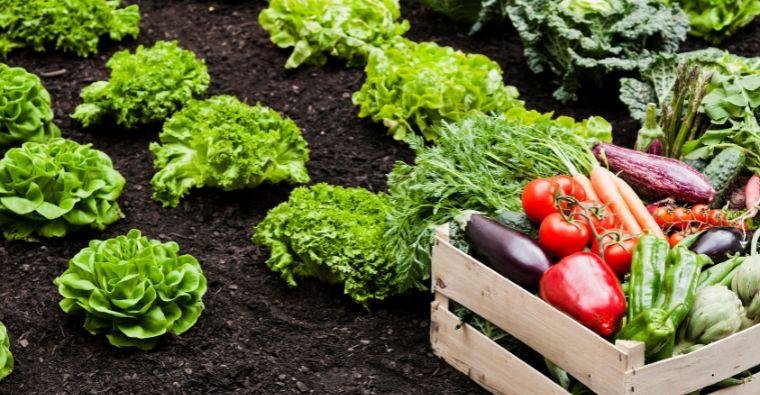By adopting sustainable eating habits and focusing on reducing food waste in your kitchen, you can make a positive impact on the environment while saving money and promoting a healthier lifestyle.
Plan Your Meals
Why It Matters: Meal planning helps you buy only what you need, reducing impulse purchases that often lead to waste.
Tips:
Create a Weekly Menu: Plan meals for the week based on your schedule and the ingredients you already have. This will help you make informed grocery lists and prevent overbuying.
Check Your Inventory: Before shopping, check your pantry and refrigerator for items that need to be used up. Incorporate them into your meal plan to avoid them going bad.
Use a Shopping List: Stick to a shopping list based on your meal plan to avoid buying unnecessary items that may end up going to waste.
Understand Expiration Dates
Why It Matters: Confusion around expiration dates often leads to perfectly good food being discarded.
Tips:
Know the Difference: Understand the difference between "sell by," "use by," and "best before" dates. Many products are still safe to eat after these dates if stored properly.
Trust Your Senses: Use your sense of smell and sight to assess food freshness. If it looks and smells fine, it’s often still good to eat.
FIFO Method: Practice the "first in, first out" (FIFO) method by placing newer items behind older ones in your pantry and fridge, ensuring older items are used first.
Store Food Properly
Why It Matters: Proper storage extends the shelf life of food, reducing spoilage.
Tips:
Use Airtight Containers: Store leftovers and dry goods in airtight containers to keep them fresh longer and prevent contamination.
Keep Fruits and Vegetables Separate: Some fruits release ethylene gas, which can speed up the ripening of vegetables. Store them separately to prolong freshness.
Understand Temperature Settings: Keep your refrigerator at the appropriate temperature (below 40°F or 4°C) to maintain food quality and safety.
Get Creative with Leftovers
Why It Matters: Repurposing leftovers minimizes waste and encourages culinary creativity.
Tips:
Make Stock: Save vegetable scraps, meat bones, and unused herbs to make homemade broth or stock. This not only reduces waste but also enhances flavor in future dishes.
Invent New Recipes: Use leftover ingredients to create new meals. For example, transform roasted vegetables into a frittata or blend fruit into smoothies.
Designate a Leftover Night: Set aside a night each week to enjoy leftovers. This can help clear out your fridge while making meal preparation easy.
Compost Food Scraps
Why It Matters: Composting is a sustainable way to recycle organic waste, enriching soil and reducing landfill waste.
Tips:
Start a Compost Bin: If you have space, start a compost bin or pile in your backyard. Include vegetable scraps, coffee grounds, eggshells, and yard waste.
Use a Composting Service: If space is limited, consider using a local composting service that collects food scraps for composting.
Learn What to Compost: Familiarize yourself with compostable items and avoid adding meat, dairy, and oily foods that can attract pests.
Educate and Involve Your Family
Why It Matters: Involving everyone in the household fosters a culture of sustainability and awareness.
Tips:
Discuss Food Waste: Talk about the impact of food waste and the importance of sustainable eating habits with your family.
Involve Kids in Cooking: Get children involved in meal planning and preparation to teach them about food and the importance of not wasting it.
Set Challenges: Create fun challenges to reduce waste, such as "who can use the most leftovers creatively?" to make it a family effort.
Support Local and Seasonal Produce
Why It Matters: Buying local and seasonal produce reduces the carbon footprint associated with transportation and promotes freshness.
Tips:
Shop at Farmers' Markets: Visit local farmers’ markets to find fresh, seasonal produce that often has a shorter supply chain.
Join a CSA: Consider joining a Community Supported Agriculture (CSA) program, which delivers seasonal produce directly from local farms to your home.
Choose Whole Foods: Opt for whole fruits and vegetables instead of pre-packaged or processed options, which often have higher waste rates.




